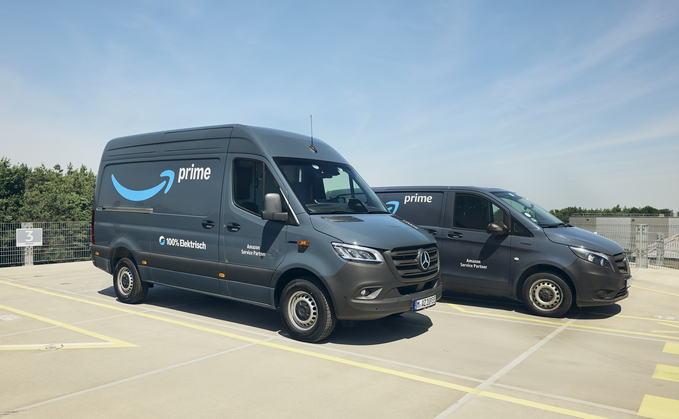Introduction
The Hyundai Ioniq 9 is generating buzz not just for its innovative design and features but also for its compatibility with Tesla’s charging infrastructure. However, there’s a crucial aspect that potential buyers need to understand: the differences in charging efficiency when using Tesla Superchargers compared to other charging options.
Hyundai Ioniq 9 and the Tesla Charging Network
As electric vehicle (EV) technology continues to evolve, Hyundai has embraced the trend of utilizing Tesla’s North American Charging Standard (NACS) port for its upcoming Ioniq 9 model. This move is significant as it opens doors for Ioniq 9 owners to access a vast network of Tesla Superchargers. But, while the convenience of using Tesla’s charging stations is appealing, it’s essential to delve deeper into the charging dynamics involved.
Why Voltage Matters
One of the most critical factors affecting charging speed is the voltage at which the vehicle can operate. The Ioniq 9 is expected to support higher voltage charging, which can lead to faster charging times. However, Tesla Superchargers are optimized for Tesla vehicles, which means that even though they can charge the Ioniq 9, it may not achieve the maximum charging speed that it is capable of with other compatible chargers.
Charging Speeds: A Comparative Analysis
To better understand the implications of using Tesla Superchargers, let’s compare the charging speeds of the Ioniq 9 across different charging stations:
- Tesla Supercharger: While the Ioniq 9 can utilize Tesla’s extensive charging network, it may charge at a slower rate than a Tesla vehicle due to differences in battery management and voltage compatibility.
- Dedicated Hyundai Charging Stations: These stations are designed specifically for Hyundai vehicles, potentially allowing for optimized charging speeds and efficiency.
- Home Charging Solutions: Charging at home using a Level 2 charger could provide the best balance of convenience and speed for daily use.
Real-World Implications for Ioniq 9 Owners
For prospective Hyundai Ioniq 9 owners, understanding these charging dynamics is crucial. While the ability to use Tesla’s Supercharger network is undoubtedly a benefit, it may not always be the fastest or most efficient charging solution. Here are some considerations:
- Plan charging stops carefully, especially on long trips. Relying solely on Superchargers may result in longer wait times compared to using dedicated Hyundai chargers.
- Invest in a home charging solution to ensure that daily charging needs are met without the inconvenience of public charging stations.
- Stay informed about charging station upgrades and advancements in technology that may enhance charging speeds across networks.
Conclusion
In summary, while the Hyundai Ioniq 9’s compatibility with Tesla Superchargers is a notable feature, potential owners should weigh the benefits against the limitations of charging speed. By understanding how voltage impacts charging efficiency, Ioniq 9 drivers can make informed decisions about their charging habits and optimize their overall EV experience.

